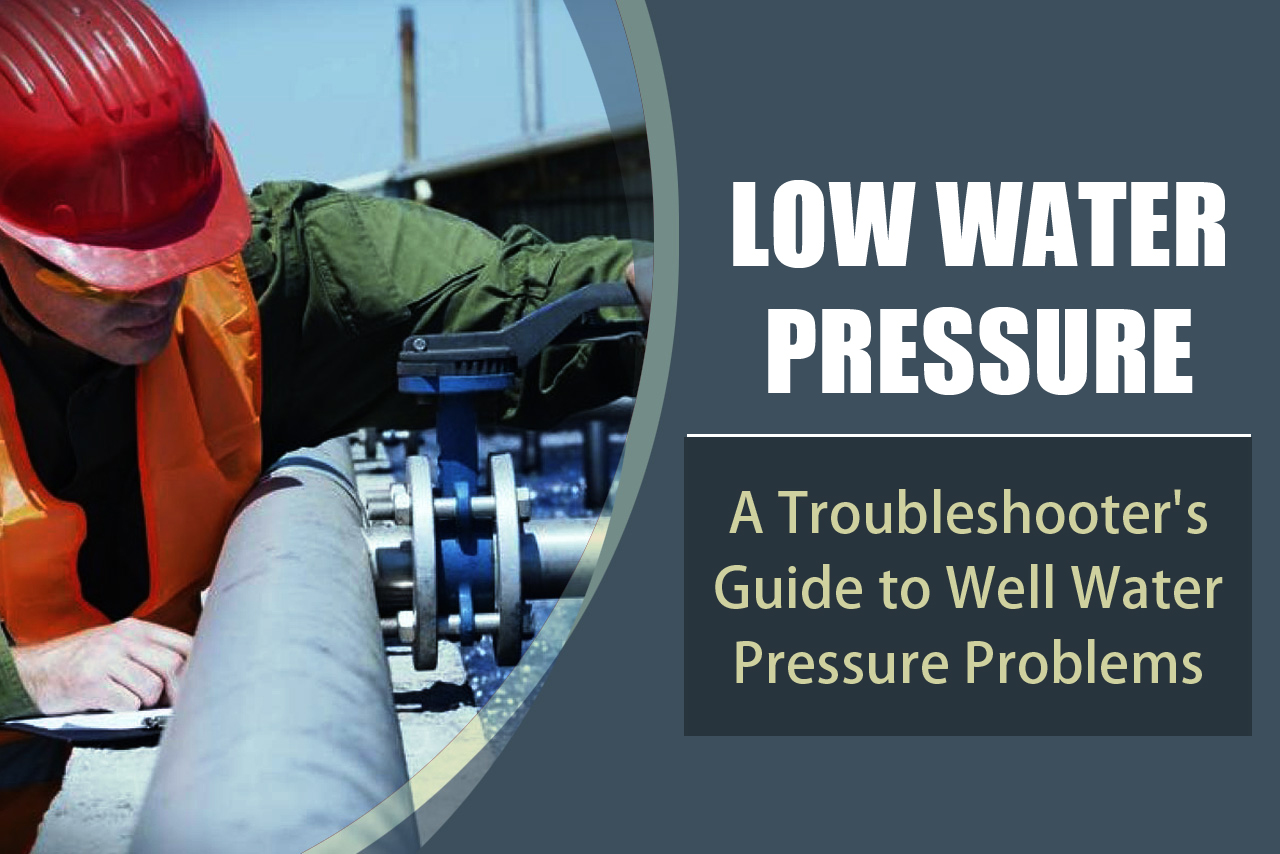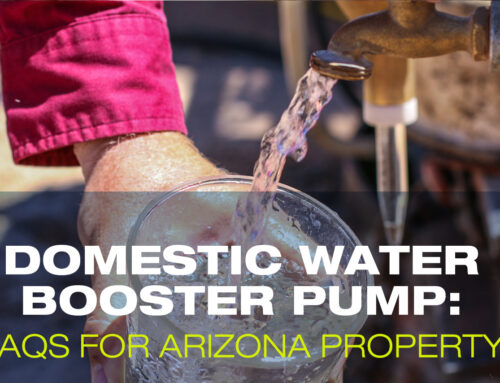Every person in the U.S. uses, on average, 80 to 100 gallons of water per day. If you have opted not to use the city or county supply of water, you likely have well water.
While well water offers many benefits over a traditional water supply, especially if you have a swimming pool or another outside water feature, there are issues that can arise with the supply. When this happens, the water pressure you have access to may suffer.
If you have noticed low water pressure, then the issue may be directly related to your well pump or tank. Keep reading to learn about some of the most common causes of low water pressure and what you can do to fix them.
A Pressure Tank that is Water Logged
The pressure tank is responsible for holding the water that is pumped by the well pump and then distributing it to the connected plumbing fixtures. The pressure tank can maintain a specific level of pressure thanks to the water/air ratio inside of the tank.
In some cases, this pressure tank can get water-logged. If this happens, it means the tank has overfilled with water. As a result, there’s not enough air to create the pressure needed. This issue is commonly seen with the older, galvanized pressure tanks.
In some cases, you may be able to re-pressurize the tank; however, if the issue is severe, it will have to be replaced. In either case, it’s a good idea to contact a professional for help with this issue.
A Failing Well Pump
It should not take more than three to five minutes for your well pump to fill up the pressure tank. If it is taking longer than this, then you are also likely to experience a noticeable reduction in water pressure.
Some of the other indications that the water pump is failing include loud or odd sounds and higher than normal electrical bills.
If your pressure tank is water-logged, this can actually contribute to your pump failing faster, as it is having to cycle on and off more frequently. While a submersible pump can last as long as 25 years, the water quality may also shorten the lifespan.
The good news is, there are many situations where just replacing a part can solve the issue. This is going to eliminate the need to replace the entire pump.
Leaks in Your System
If there is a leak at any point between the piping for the well pump and your plumbing fixtures, it can cause reduced water pressure. In some cases, an older pressure tank can begin to rust from the inside out, causing a pinhole. This is enough to impact the pressure.
In other situations, pipes going from or to the pump can be physically damaged and begin to leak. With this situation, a plumber will be needed to pinpoint the issue.
Finding the Source of Low Water Pressure
Unfortunately, low water pressure is something that may occur from time to time. If you are concerned your well pump is the culprit, the best thing you can do is contact the experts.
For more information about well maintenance and care, contact us. We can help with any issue you may have.
___________________________________________________
If you notice that low water pressure is becoming a consistent issue, it’s time to call the professionals. We specialize in water well repair services in Phoenix for residential and commercial wells. Contact us today to schedule an appointment!






